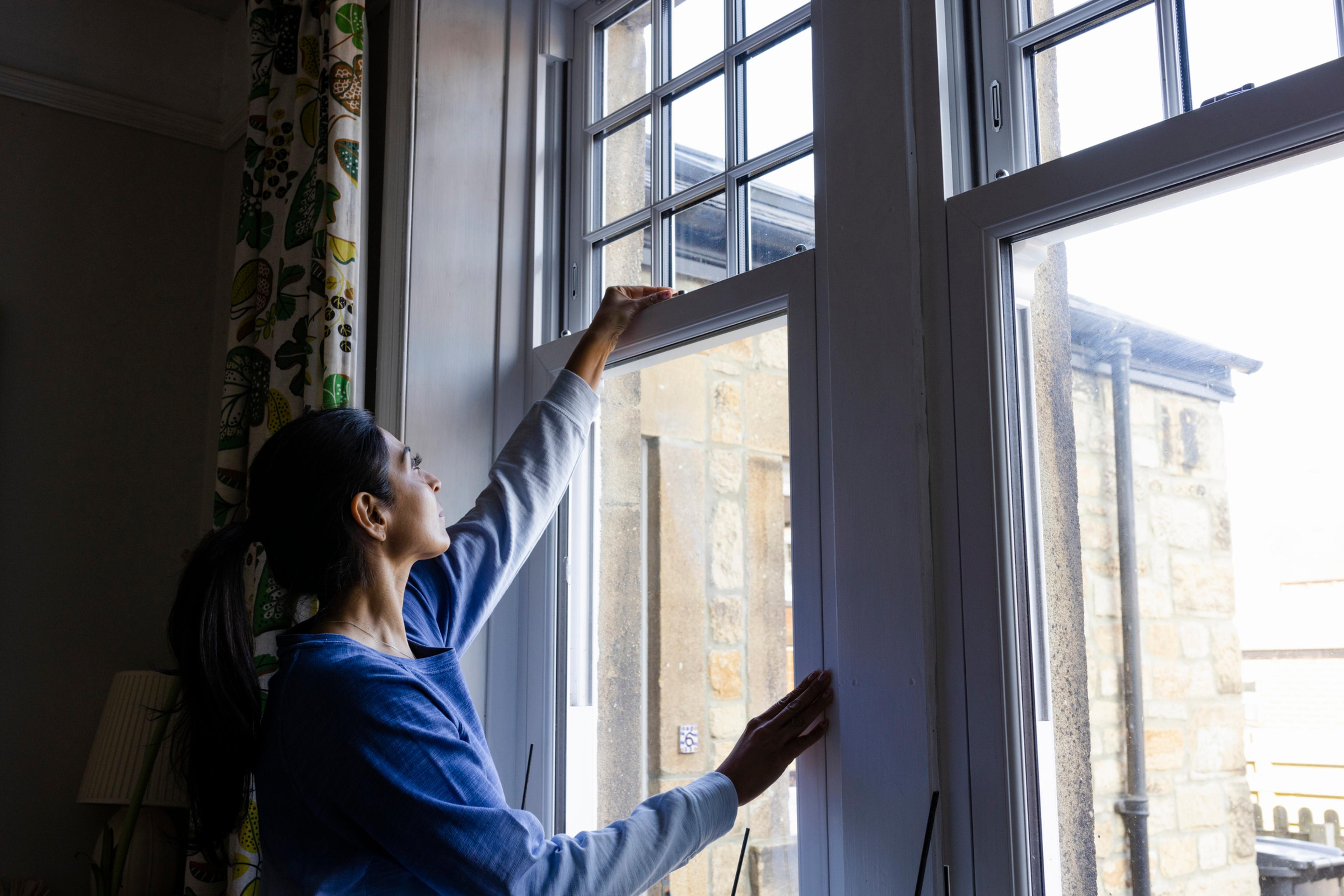Spring vs. Fall Allergies: What’s the Difference?
Krystal Clark
| 2 min read

Each year, more than 50 million people are affected by allergies. Certain types, referred to as seasonal, occur during specific periods such as the spring and fall. These outdoor allergies have similar symptoms but very different causes.
Spring Allergens
Depending on the location, spring allergies can take hold as early as February and last until summer. They’re primarily triggered by the pollination of both trees and grass. When pollen grains are released, they travel by wind and fill the air. Unfortunately, these are aggressive allergens that have a detrimental effect on the respiratory and immune systems.
Fall Allergens
Fall allergy season starts around August with the arrival of ragweed—a wild plant that’s prominent in North America. It blooms for several months but releases most of its pollen in September. Although ragweed is the main cause of fall allergies, it’s not the only one. Other triggers include burning bush, cocklebur, pigweed, mugwort, and sagebrush.
Indoor Allergens
Indoor allergens can be more insidious as they occur year-round and hide in plain sight. Dust mites are microscopic creatures that are found in furniture, carpet, and bedding. In fact, a mattress can hold up to 10 million of them. There’s also mold which thrives in humid or damp spaces, such as a bathroom or basement. Other threats include cockroaches, pets, and fireplaces.
Common Allergy Symptoms
- Runny or stuffy nose
- Sneezing
- Coughing
- Watery eyes
- Itchy eyes and nose
- Itchy skin
- Rash
- Fatigue
- Headaches
Be Prepared
It’s difficult to avoid nature and the presence of pollen, but there are ways to minimize exposure.
- Keep Outdoor Allergens Out: In theory, fresh spring air should be a treat. But for allergy suffers it can be a nightmare. Protect yourself by keeping doors and windows shut, especially during the day. One breeze can bring countless pollen grains into your home.
- Check Fans and Filters: Fans, air conditioners, and vacuum cleaners often hold and circulate dust mites, pollen, and other allergens. Wipe down fan blades and change air conditioner and vacuum filters, regularly. Invest in a HEPA (High-efficiency Particulate Air) filter, which is specifically designed to rid the air of irritants.
- Visit an Allergist: An allergist/ immunologist is a medical professional trained to identify and treat allergies or immune disorders. They conduct tests to determine what you’re allergic to and the best way to help. Popular treatment options are antihistamines, decongestants, and nasal sprays.
Looking for more allergy-fighting tips? Check out these blogs:
Photo credit: Tina Franklin





